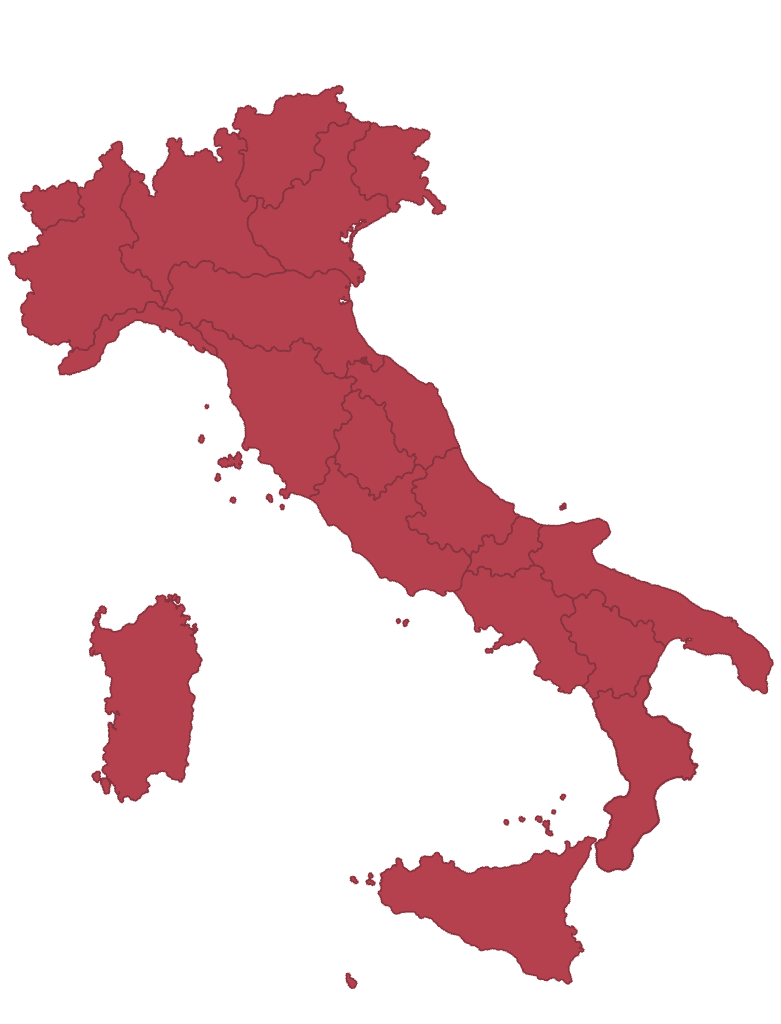- Cultural
The coffee culture of Italy
Espresso, ristretto, macchiato, cold, short, long, double, latté, cappuccino, Americano, decaffeinated. The relationship of Italians with coffee is unique and distinctive. Coffee, in fact, is part of the Italian national identity. Coffee has become a typical daily ritual that still underlines the qualities of the Bel Paese.
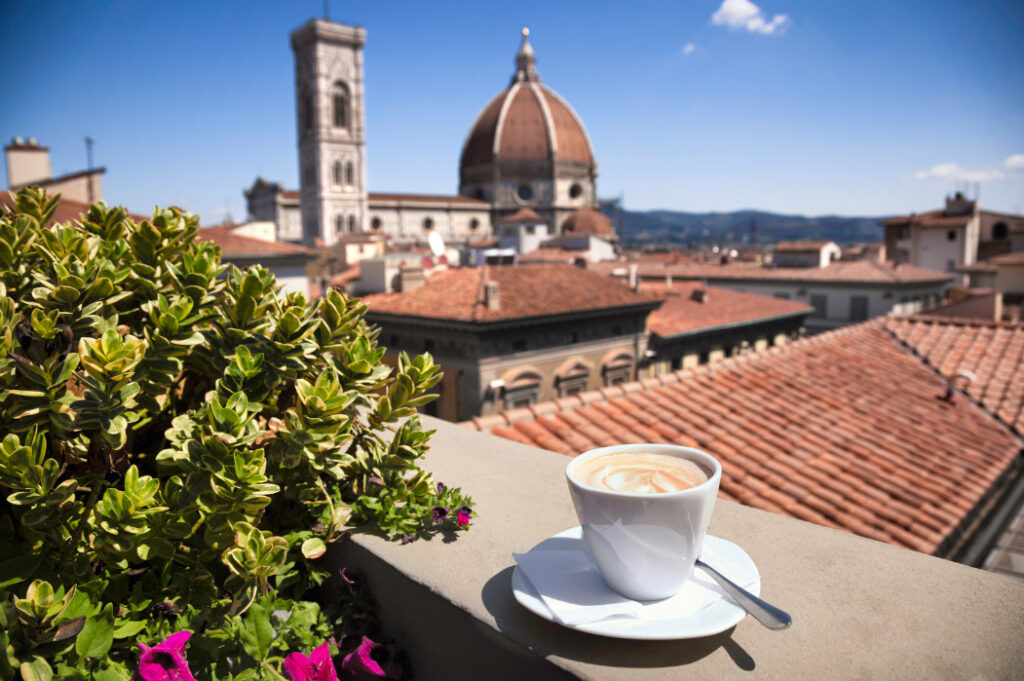
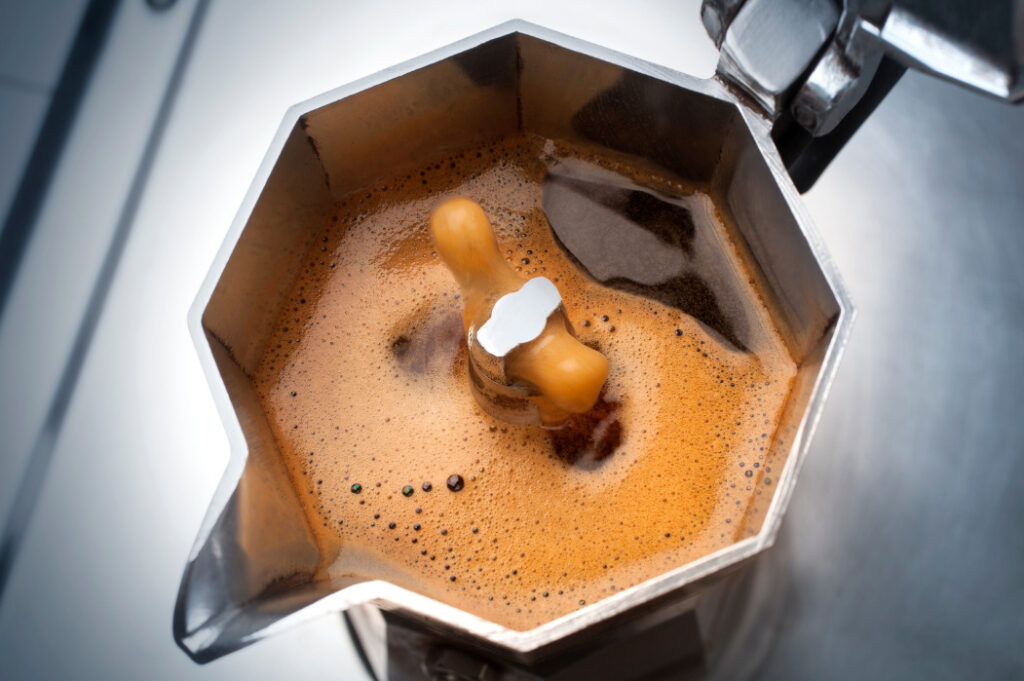
Historically, coffee arrived in Italy in the sixteenth century in the city of Venice, which at the time represented an international reference point for trade. The coffee beans come from afar, the first uses as a drink seem to have come from the Arab Countries. In a short time, the taste of coffee has also enchanted the mainly industrialized countries of Europe and later of the United States. Initially in Italy coffee was sold in pharmacies as an expensive and quality product, consequently accessible only to the wealthiest classes. Not long after, in 1683, the first coffee shop was born in Venice, thus becoming easily accessible to a greater number of people. Since then, the shops began to spread throughout the Italian territory, from Venice, to Genoa, to Turin, Milan, Florence, Rome and finally Naples, all the main commercial and industrialized poles of the time. In this way, the coffee shops have begun to take root in the culture of the territory and to change over time to become the main places for meetings, as well as social and cultural exchange.
The affirmation of the classic Italian ‘Bar’ comes from the union of the culture of the drink and the related social values. Coffee has thus become a symbol of conviviality. An opportunity to chat, relax and meet with friends, relatives, colleagues, and loved ones. Enjoying a cup of coffee has become a tradition passed down from generation to generation. Coffee is the emblem of the real Italian taste, unique and recognizable worldwide, a product that is never missing in the homes of every Italian.
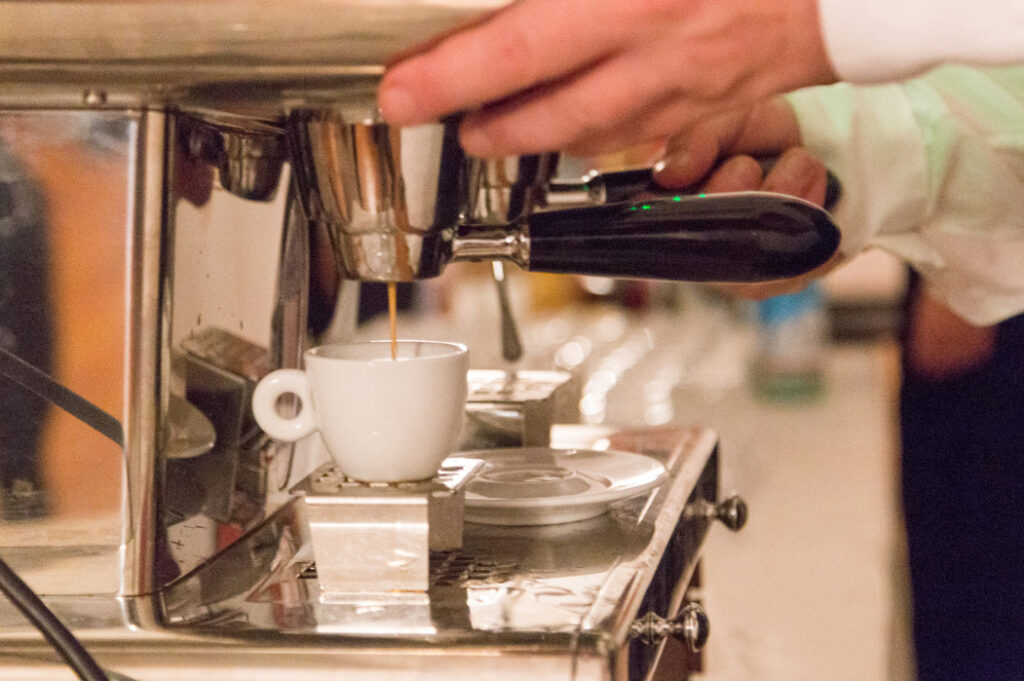
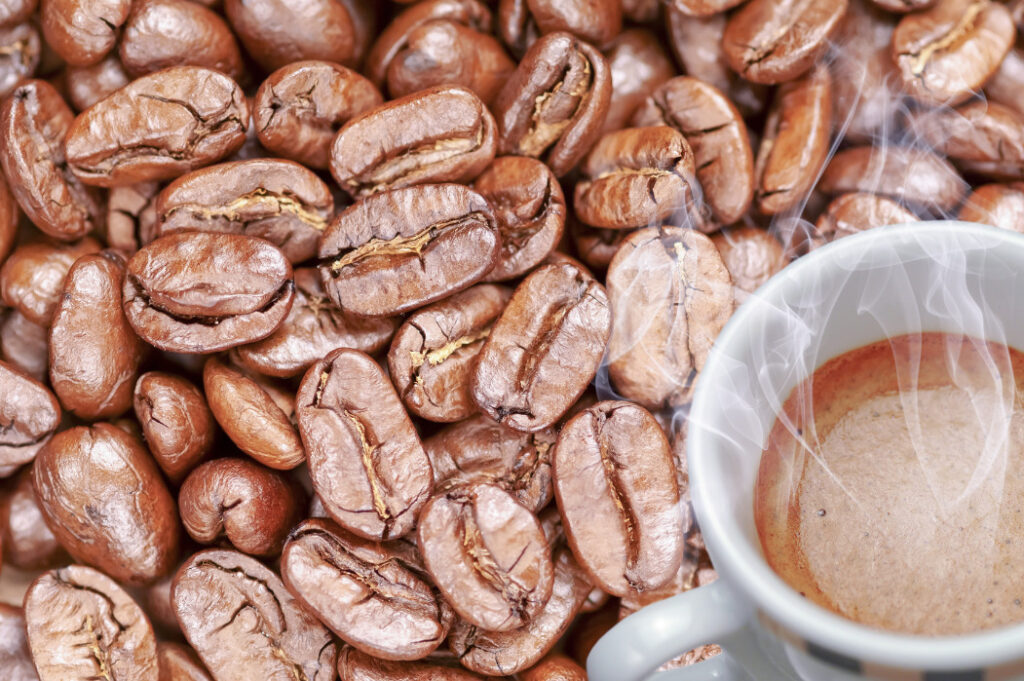
In Italy the coffee culture is so strong that there are specific times when to drink it during the day. On average, Italians drink four coffees a day, typically two at home and two outside – in the office or at the bar – distributed in three moments: at breakfast, mid-morning and after lunch and sometimes after dinner.
Each Italian region boasts different variations of the classic coffee. In addition to the canonical espresso, in fact, there are countless combinations including:
- Macchiato: espresso with the addition of hot or cold milk
- Decaffeinated: without caffeine, as the name suggests
- Double: two coffees in the same cup, very energetic
- Long: less concentrated and waterier due to the extraction that is made to last longer than usual
- Corretto: espresso with the addition of liqueur. Very popular in Marche region, with the addition of Varnelli mistrà, a dry anise liqueur
- Ice coffee with almond milk: typical of Salento, the special area of Puglia region, it is an espresso in ice with the addition of fresh almond milk
- Frappé: in ice, prepared with the use of the cocktail shaker, excellent and refreshing in summer
- Cappuccino: Italian symbol, usually accompanied by croissant, coffee in a large cup with the addition of milk and foam
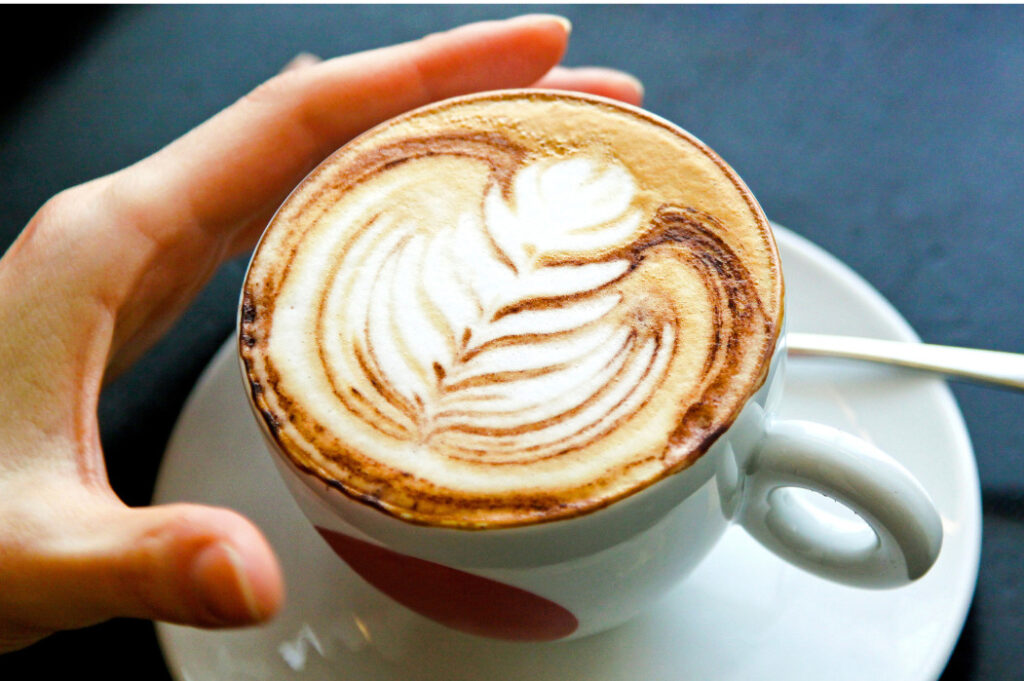
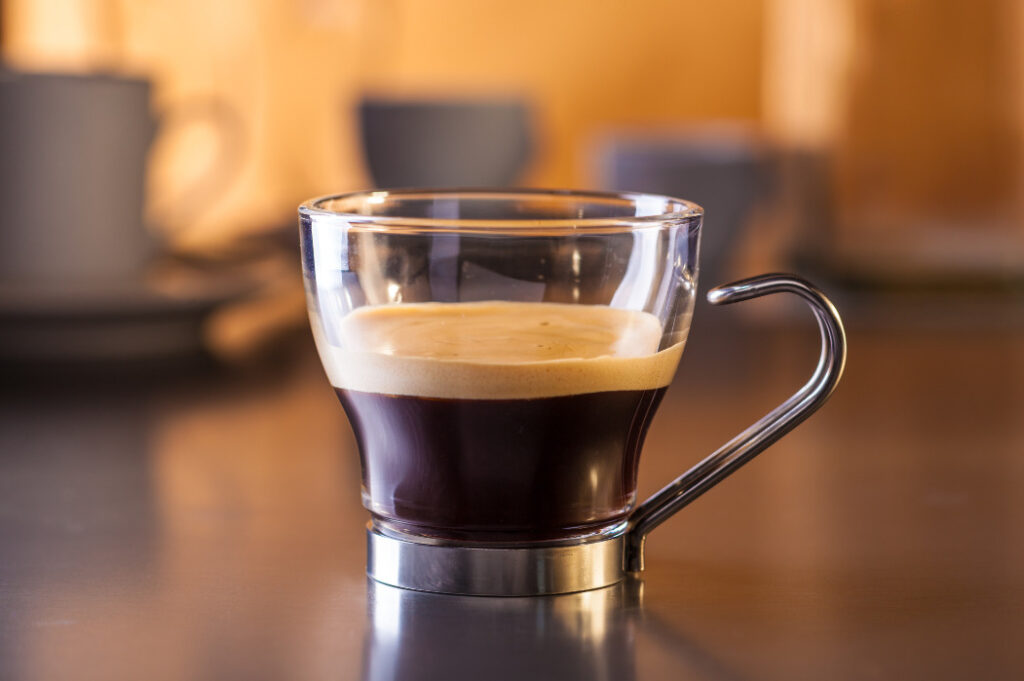
Without listing all the delicious coffee-based recipes, such as granita. Some of these are basically drunk at specific times during the day. Italians usually drink cappuccino in the morning, caffè corretto after lunch and sometimes after dinner, and frappé coffee in the afternoon. Therefore, the values of Made in Italy related to coffee are many. The main rule, however, to understand the true taste and quality of a coffee is to drink it without sugar and milk. The bitterness of coffee represents the true Italian taste, protagonist of the international market. If the coffee is of high quality, it will not need anything else.
There are also different forms in which coffee is sold: in beans, in powder, in capsules. In Italy there are approximately 800 companies that produce or work with coffee. Each of these companies creates unique coffees that stand out based on acidity, aroma, body and flavor. The Campania region is known for high quality Italian coffee and is home to numerous roasters on its territory. However, it is not the only region to have this feature. Emilia-Romagna, in fact, also has a good concentration of roasters.
Whether it is with friends, family, colleagues, in the morning, after lunch or mid-afternoon, Italian coffee represents a moment of serenity. Coffee is family, tradition, quality and love.
No results found.
NULL00
No results found.
NULL00
No results found.
NULL00
No results found.
NULL00
NULL00
No results found.
NULL00
No results found.
NULL00
No results found.
NULL00

